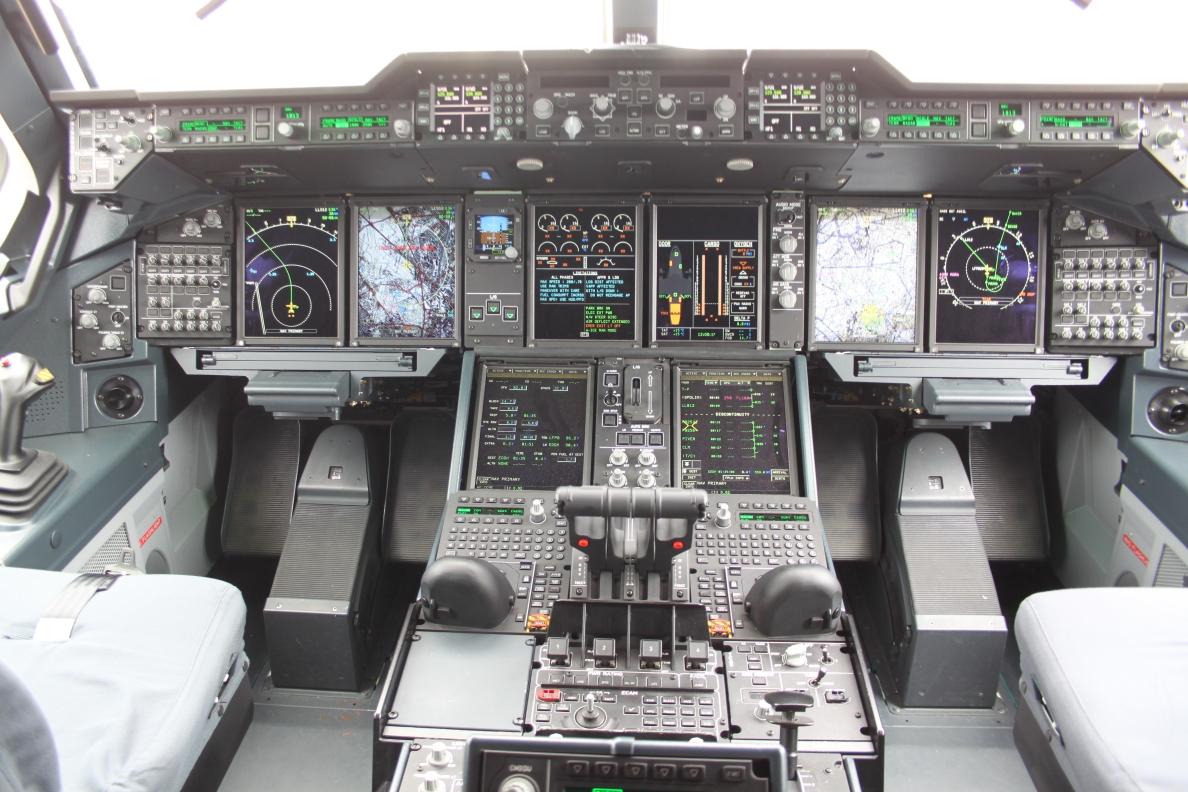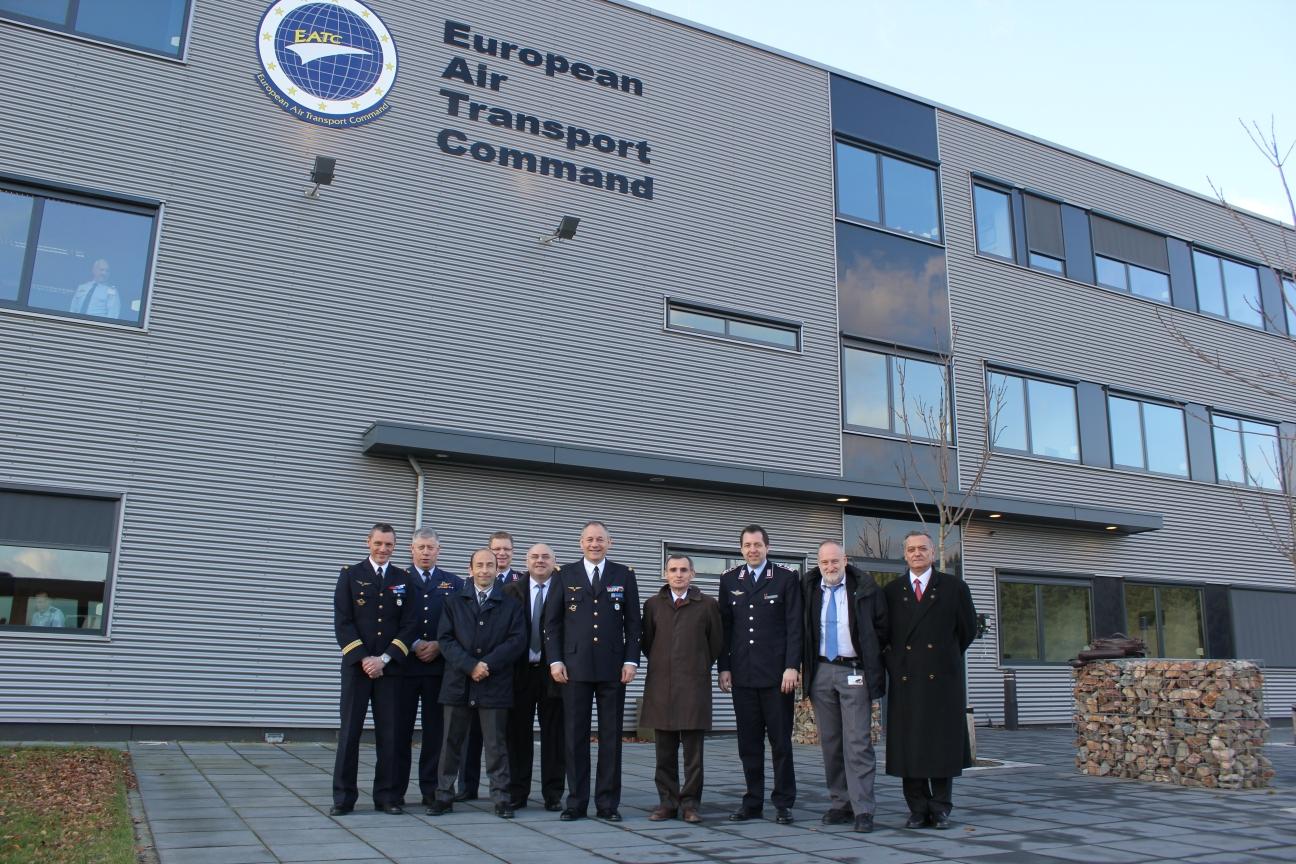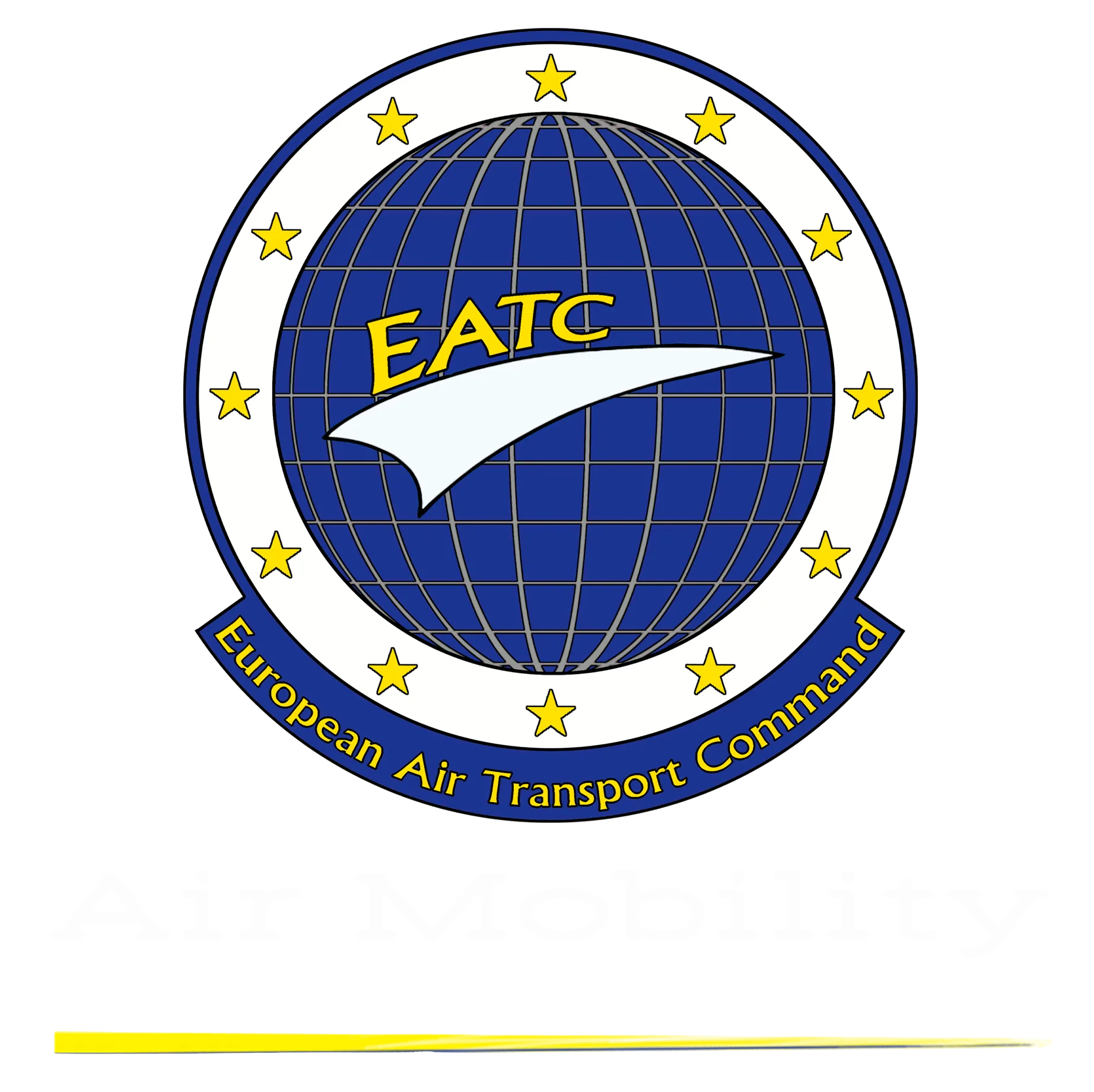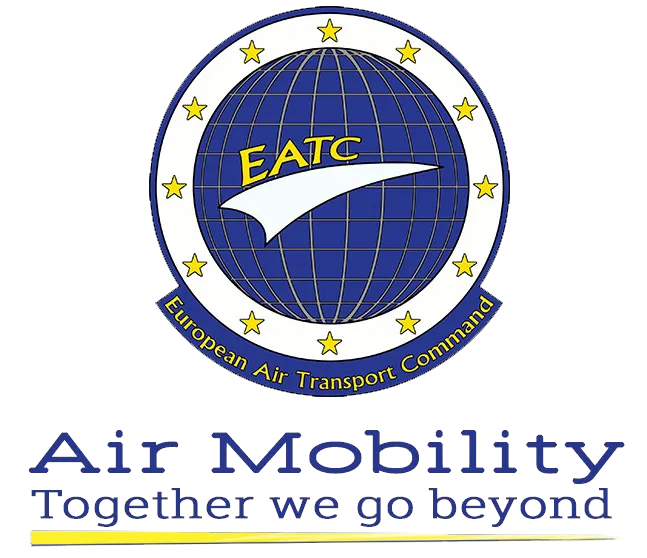On the first day of August 2013 the big moment finally arrived: The first Airbus A400M “Atlas”, probably today’s most advanced transport aircraft worldwide, was handed over to the French Air Force by the manufacturer, Airbus Military.
The aircraft - called MSN7 - will now meet the French Air Base as of Orleans-Bricy, where it will be based and initially be used for the continuing training of aircrew becoming part of the French Air Force operational fleet - and therewith later to fly assets of the European Air Transport Command.
An official ceremony to celebrate the delivery in its final assembly location in Sevilla will take place after the summer break.
A “tour d’horizon”
The award of the military type certification as well as the confirmation of IOC shall not hide the fact that this Airbus offers also an opportunity to compete on the commercial air transport market - and that’s why the Atlas was configurated for a military as well as civil purpose, including techniques for both “worlds”.
The A400M cockpit features many elements that can also be found in the civil Airbus A380. Thanks to numerous other features and technical innovations, this airlifter is an agile and safe aircraft that offers remarkable functional capabilities but is also very efficient in terms of fuel consumption and maintenance cycles - according to Airbus Military data.
What makes the A400M so special and a valuable asset for the air forces of those nations who have ordered this aircraft is its capability to effectively perform both tactical missions and strategic ones.
The tactical role is supported by numerous technical innovations that will significantly expand until 2018, enhancing tactical capabilities of nations gradually through different delivery standards (standard operational clearance / SOC), such as air-to-air refuelling possibility of helicopters at a very low speed range. The onboard systems will support the crews in all scenarios. These include e.g. calculations for optimum load distribution (weight & balance) and optimum engine control function within the real flight behavior.
The equipment enables the aircraft to safely perform low-altitude flight operations while the computers determine where and when the load must be dropped in order to precisely hit the desired drop zone. Last but not least, there is the on-board safety package (flight envelope protection) that is able to respond nearly autonomously to a variety of threats, thus relieving the pilot and enabling him to fully concentrate on his flight manoeuvers, particularly in dangerous situations.

Remarkable spectrum of capabilities – tailored to the mission
In comparison to the C-160 “Transall” the A400M can transport a multiple load over a much longer distance. With its air-to-air refuelling capability, this range can be extended significantly. The aircraft can also fly faster and higher, thus being able to avoid bad-weather zones easier than its predecessor Transall.
Since the cargo hold of the new Airbus provides significantly more space, it can carry – up to a certain limit – heavy weight equipment like tanks and helicopters, e.g. of the Chinook or the Sikorsky CH 53 G type, the biggest helicopter of the German Air Force, or even mobile cranes and busses that won’t even fit into an Airbus A340 or Airbus A310 MRTT. Admittedly, the A400M does not match the load capacity of a Lockheed C-5 “Galaxy” or an Antonov An 124, but that is not necessary, because transportation of outsize cargo has never been an A400M mission requirement, simply because these cargo items are quite the exemption. Instead, the aircraft is able to carry up to 40 tons of fuel in the tanker version and transport up to 66 patients plus medical personnel in the MEDEVAC version.
A reasonably priced aircraft?
In fact, nobody can tell today to which extent the previously mentioned advantages will play a role during real life military operations. Although the certified aircraft has completed a comprehensive, worldwide test and evaluation program - where many of the performance parameters were verified - only later service use will reveal, whether the aircraft has unknown weak spots or whether it offers additional benefits that have not been recognized so far – as it was the case for some other type of aircraft in the past as well. However, what is undisputed to state is that the air forces of the EATC Participating Nations (PN) will make a big step forward in terms of logistic and operational support capabilities, thus becoming more and more independent of commercial carriers, who will then primarily be employed to conduct specific transport operations, which the A400M was not designed for. The independence achieved in this way will strengthen the (worldwide) operational capabilities of the air forces associated with the European Air Transport Command (EATC). The EATC will also be among the winners in the course of this development. Due to the national introduction of the new aircraft by the PN, it will become almost inevitably the biggest user of this state-of-the-art aircraft: Four of the now five EATC PN will introduce the A400M, which will then carry out operations mainly led by the EATC. Thus, the EATC will gain enormous logistic importance in the long run because it can employ the most advanced fleet of military transport aircraft - surely more than 100 aircraft after the final takeover - for daily and worldwide operations.
True enabler in the field of military air transport
Long before the first A400M flew for the French Air Force, the EATC started to unify concepts in the areas such as fleet management, training, deployment or operational use for all PN in order to have the aircraft being harmonized, supplied and maintained on one single way and understanding. This will simplify not only the international daily routine, but especially enables significant savings in far abroad areas of operations, where a much lower amount of effort and material needs to be installed for maintenance purposes.
The air transport command of the five nations also started with the development of uniform training and operational standards for all EATC partners in order to ensure the aircraft will be operated, supported and maintained under the same standards. This should significantly facilitate the international “Pooling and Sharing” of the aircraft in the future. Hence, the introduction of the A400M marks a significant change in thinking by the nations towards an international fleet management of a future European A400M fleet, which is largely being developed in Eindhoven and will also be managed from here. Reason enough for the Commander of the EATC, Major General Pascal Valentin, to state: “The EATC is right now about to reshape the military air transport within Europe.”
The operational use of assigned fleet under the aegis of the EATC is thereby undergoing further optimization - with regard to the expected growth in effectiveness due to the aircrafts performance and multi-role capability. New standards in efficiency and maintenance do the rest to enable a positive future impact on the clear state rates within the available fleet. To sum it up, the arrival of the Atlas within the French Air Force and later within the EATC will be “state of the art” in several ways – and a big moment to share.
Words and pictures: Norbert Thomas
Read more about the involvement of EATC in Airbus A400M training matters here.


